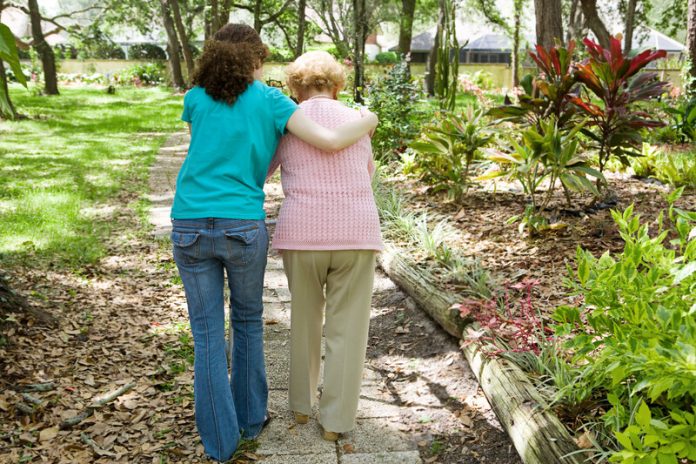Family caregivers are often the unsung heroes who give their time, energy and care to support a loved one in their time of need. According to the Family Caregiver Alliance, there are approximately 43.5 million caregivers providing unpaid care to an adult or child every year, with the vast majority (85%) providing care to a relative or loved one. Stepping outside of yourself to provide care, foster independence and preserve dignity for another person can be incredibly rewarding, yet physically and emotionally exhausting.
Relieving Stress and Anxiety
GreatCall, a connected health company and wholly owned subsidiary of Best Buy, is in the business of providing health and safety solutions for older adults and their family caregivers. They have also made it their mission to create “family caregiver support solutions to simplify tasks and address your day-to-day concerns.” November is National Family Caregiver Month and in honour of all the profoundly dedicated and committed family caregivers out there, we have reached out to David Inns, CEO of GreatCall regarding the following resources and tricks caregivers can enlist to relieve stress and anxiety, feel peace of mind and recognize their own hard work.
Remember that one person can’t do it all
Understanding your own limits and triggers can help to cope with the stress of caregiving. Feeling comfortable and empowered to ask for help can improve your mental health, reduce stress and abate triggers and stressors before they escalate.
Recognizing when you need help or need time for self-care is critical to being the best caregiver you possibly can. Relying on technology can also lessen the burden of care on a single person – according to a recent survey from GreatCall, 42% of caregivers said they rely on online research to find information on technology to assist with caregiving.
Resources, such as Share The Care™ (STC) are designed with groups in mind, allowing family and friends to join together to care for someone. The idea behind the STC model is to “organize a circle of care” for a loved one in need, relieve the burden and stress of the primary caregiver, and help to involve friends and family in the care process.
Check in with yourself and others
Take time throughout the day to ensure your own needs are met. Don’t neglect your own needs while caring for aging parents, such as preventive health care appointments or regular exercise. If you’re feeling less than 100%, don’t ignore your own symptoms, because you can’t help anybody if you’re not well yourself.
Caregiver stress is a very legitimate health concern for those providing care.
Be on the lookout for the following signs and symptoms:
- Feeling overwhelmed
- Feeling alone, isolated, or deserted by others
- Sleeping too much or too little
- Gaining or losing a lot of weight
- Feeling tired most of the time
- Losing interest in activities you used to enjoy
- Becoming easily irritated or angered
- Feeling worried or sad often
- Having headaches or body aches often
Stay connected to your community
Caregivers can feel isolated when caring for an older adult. It’s important to stay connected to family and friends and keep your community/support system close. Checking in and leaning on others when needed can help reduce stress, anxiety and remind the caregiver that they are not alone. According to surveyed caregivers, only 19% currently rely on social media groups and forums and only 12% rely on in-person support groups. Technology today makes connectivity between caregivers, family and even older adults more seamless than ever and it’s a great way to always feel connected to your community.
National Family Caregiver Month is a time to honour and recognize the dedication and selflessness caregivers exhibit everyday. This November, thank a family caregiver in your life for all they do to improve the life of another.
























